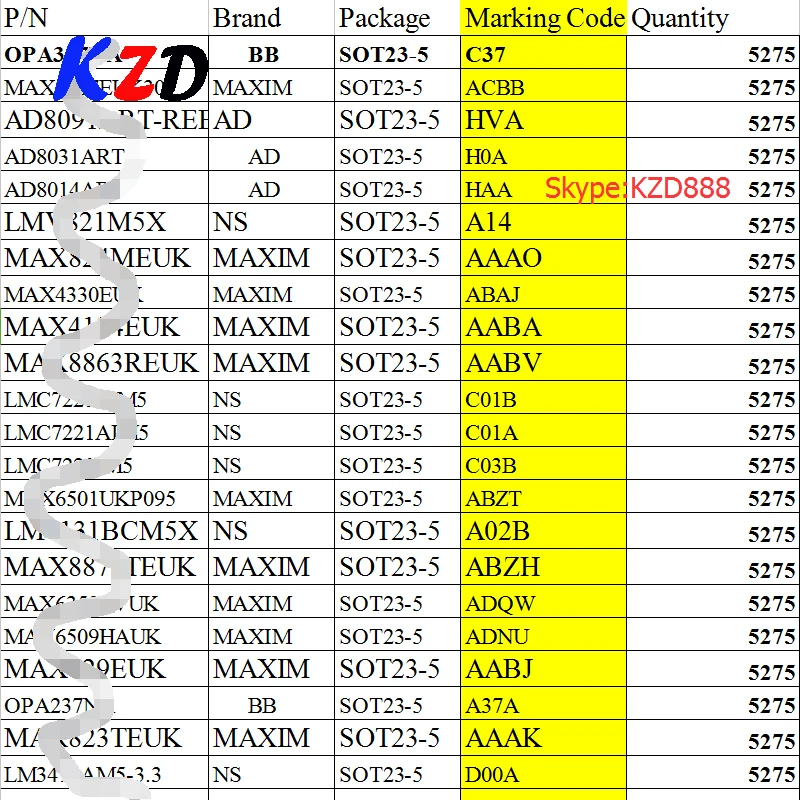
Kode Mosfet Dan
ADMIN·Published · UpdatedZener Diodes have an additional letter which will appear after the numbers. This letter denotes the tolerance of the zener voltages. The following letters are used for this purpose:
Kode Pada Mosfet
Due to the small size of most SMD components, manufacturers are not able to write the full part number on the case. They use instead a marking code typically composed of a combination of 2 or 3 letters or digits. SMD Code Book PDF: Hi Friends This is a very requested post form our visitors and this is also a very useful post for those who repair LCD/LED TVs, Laptops, Computers, and more Electronics equipment. The MOSFET will handle 6kv as long as the case temperature of the device does not exceed 50 degrees Celsius. You can multiply the ID with the VDDS to get the max wattage of any mosfet, provided it’s kept cool during the operation. There are three main series of transistor codes used in the UK: Codes beginning with B (or A), for example BC108, BC478. The first letter B is for silicon, A is for germanium (rarely used now).
